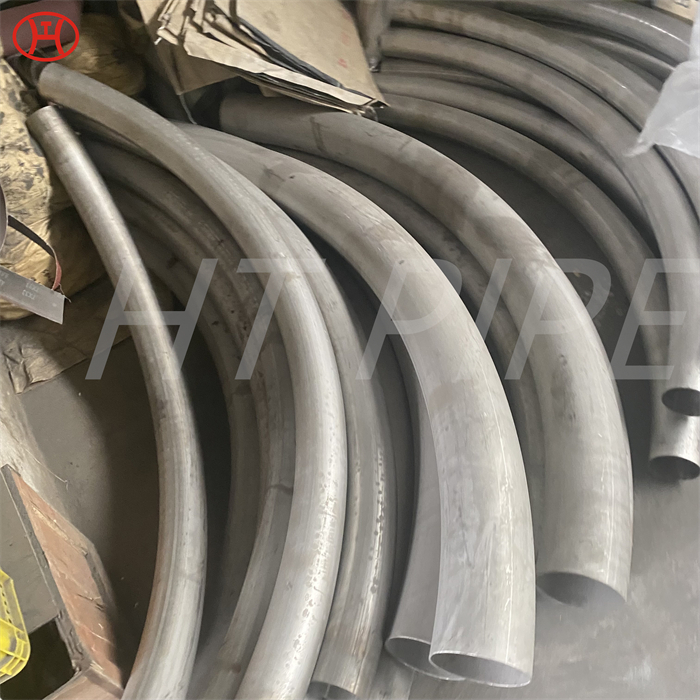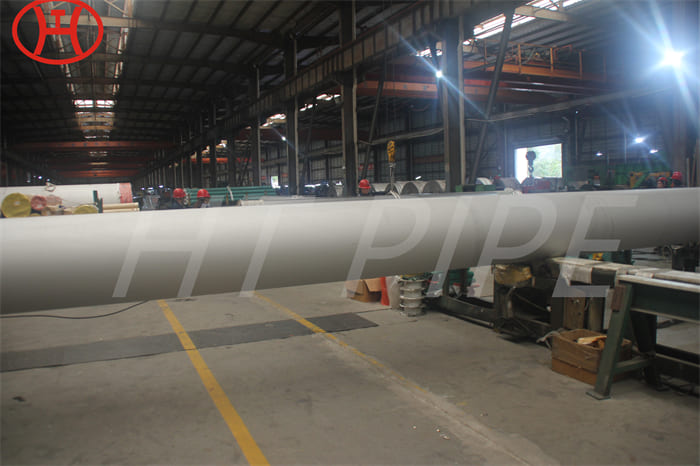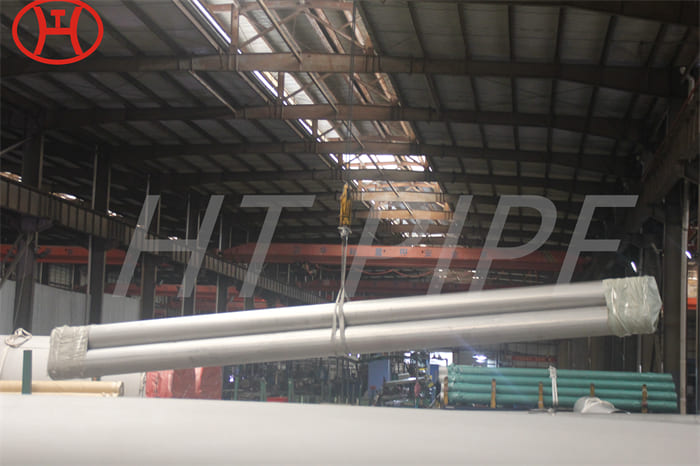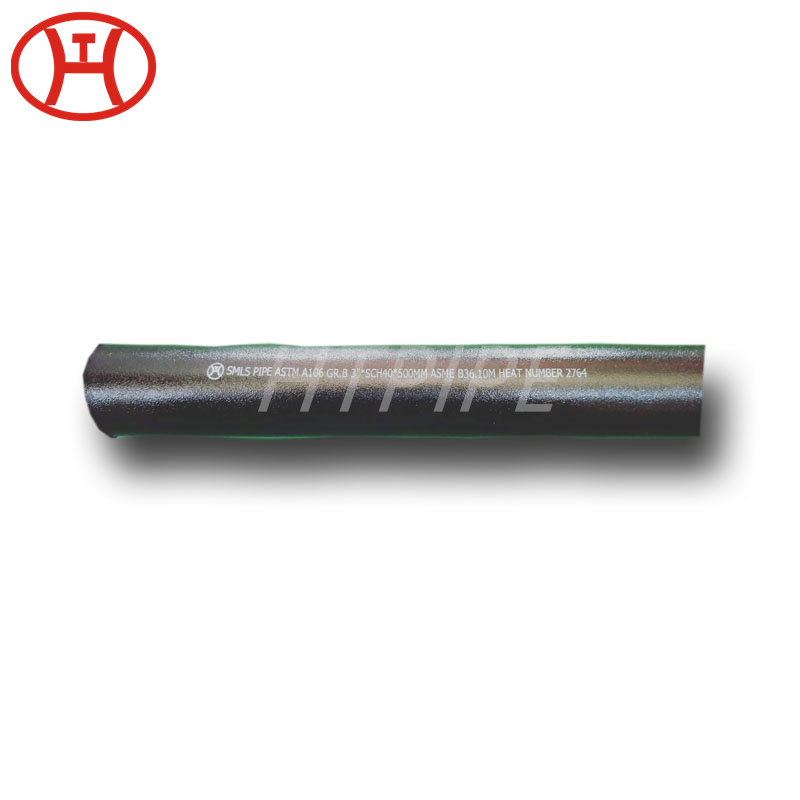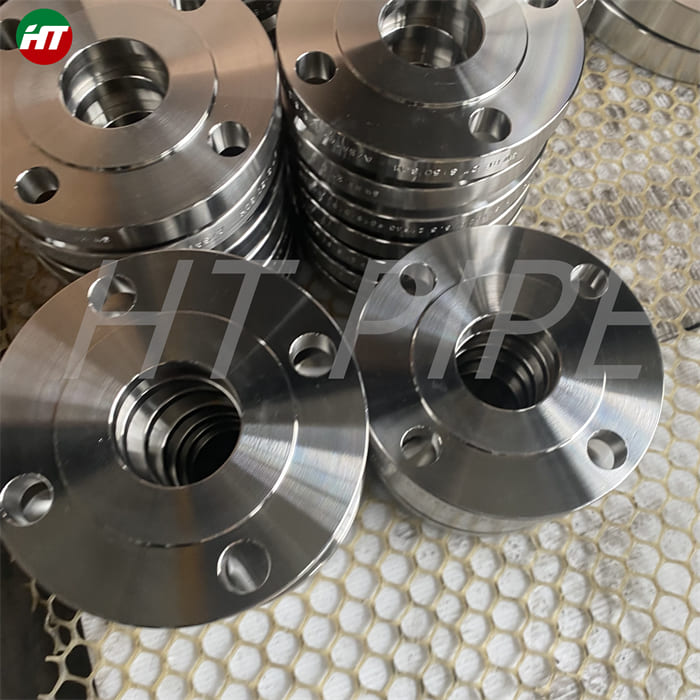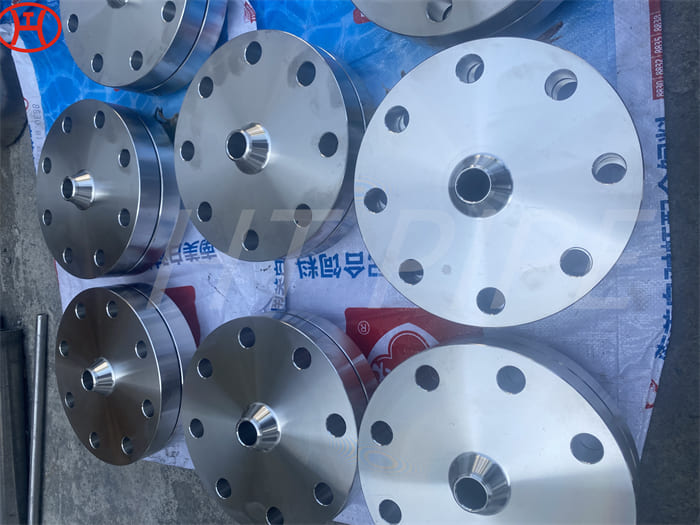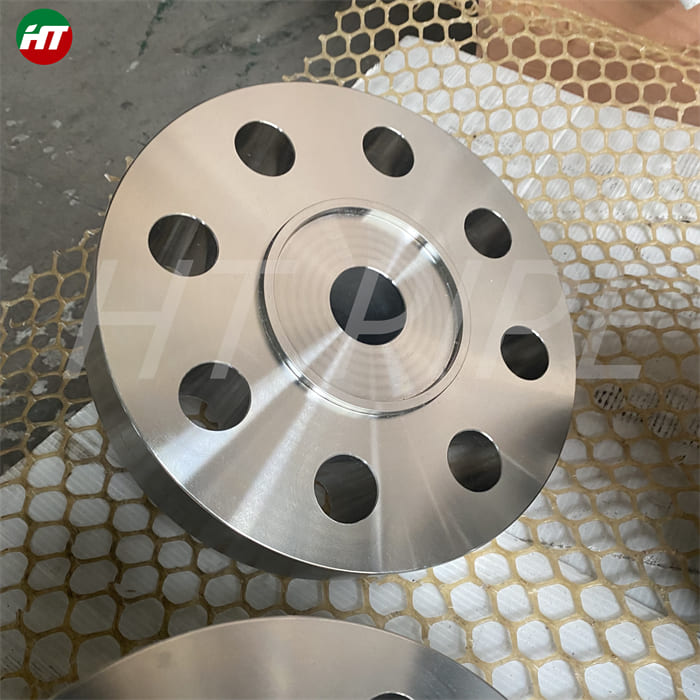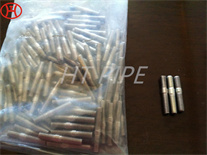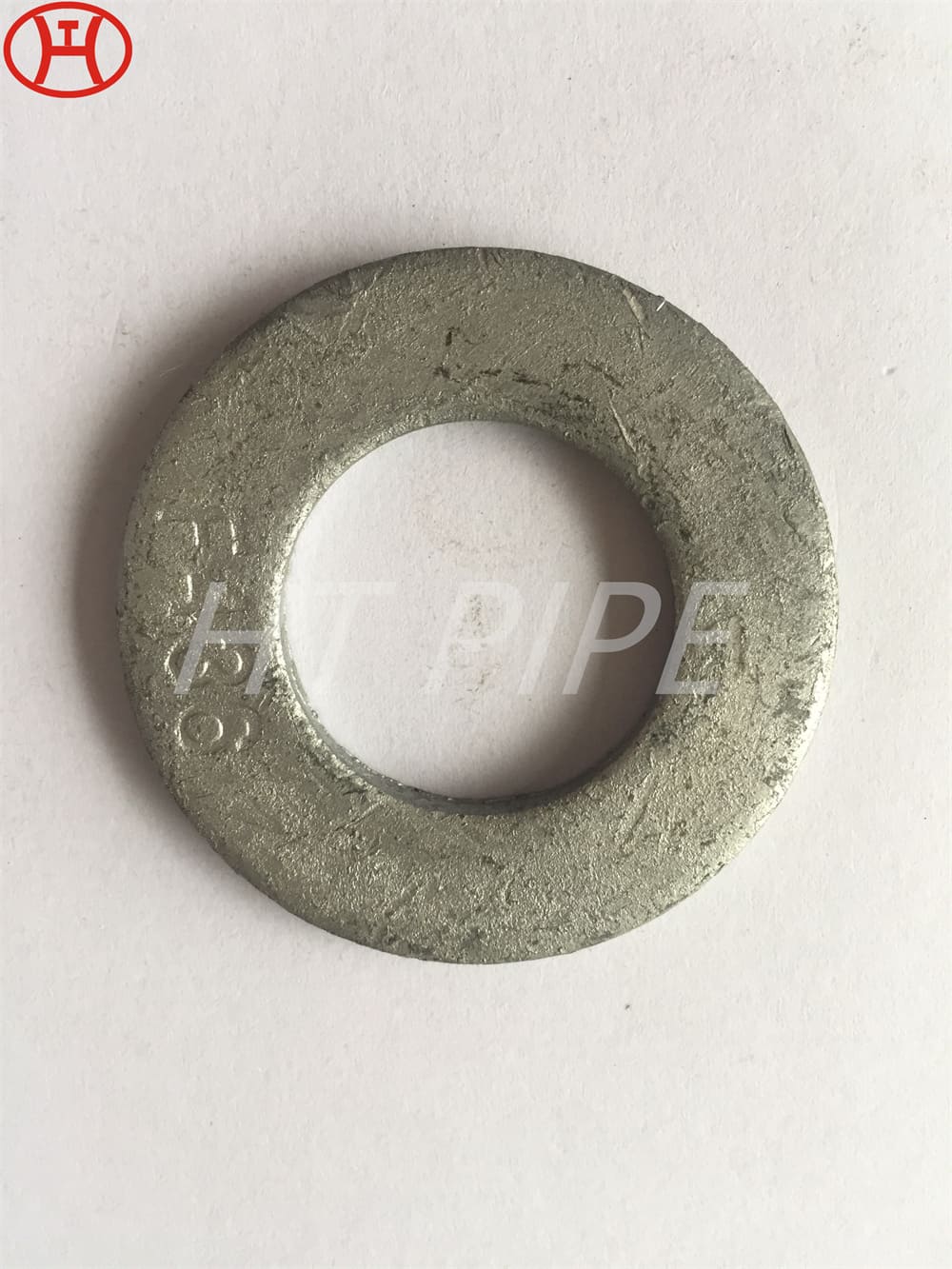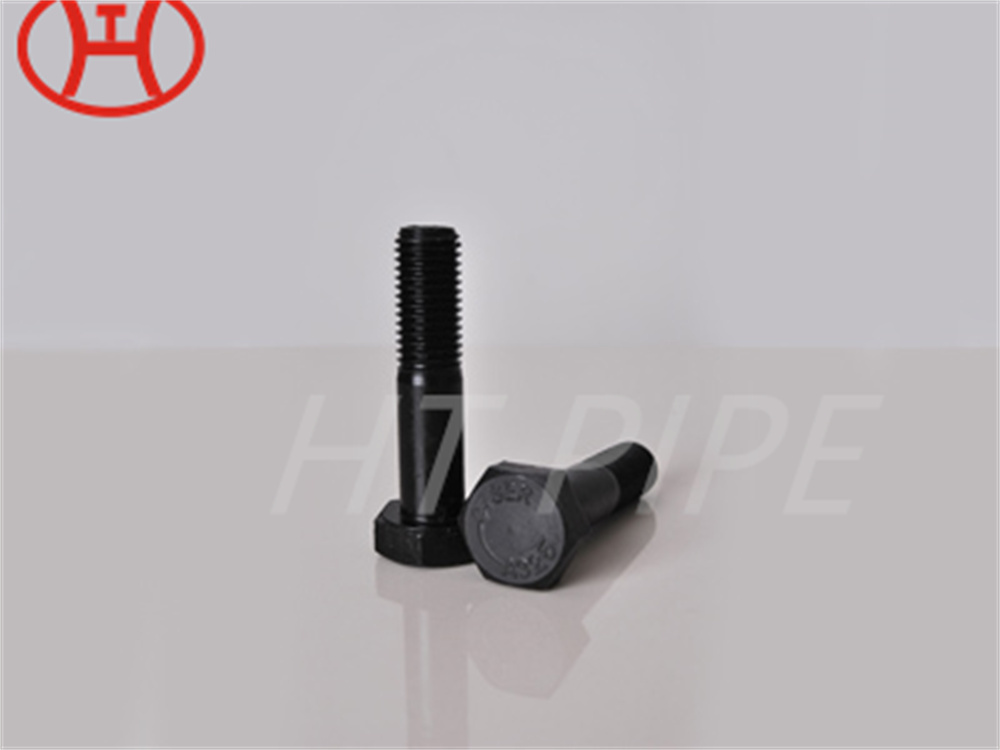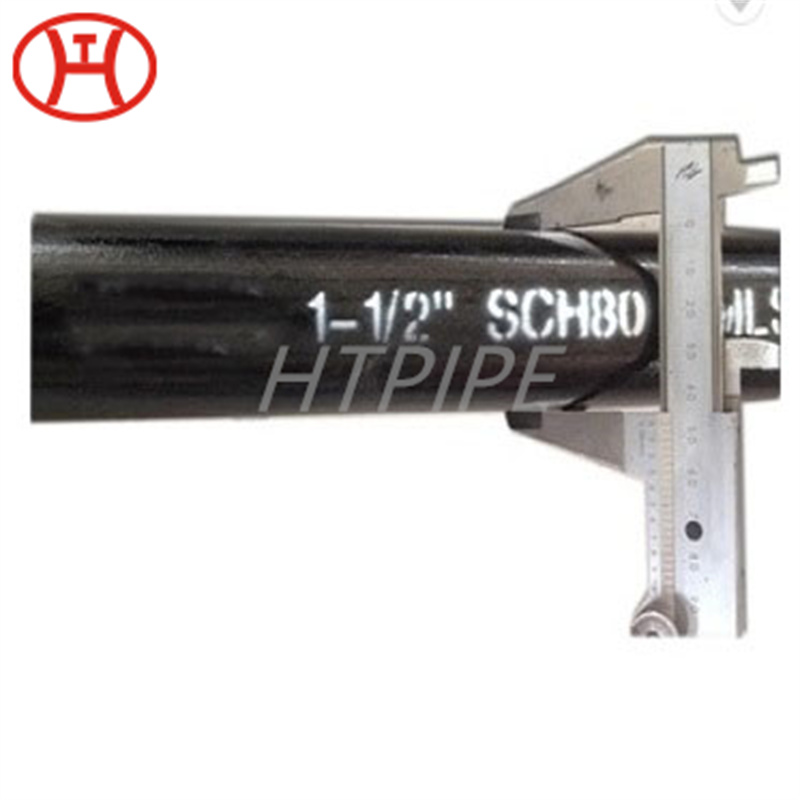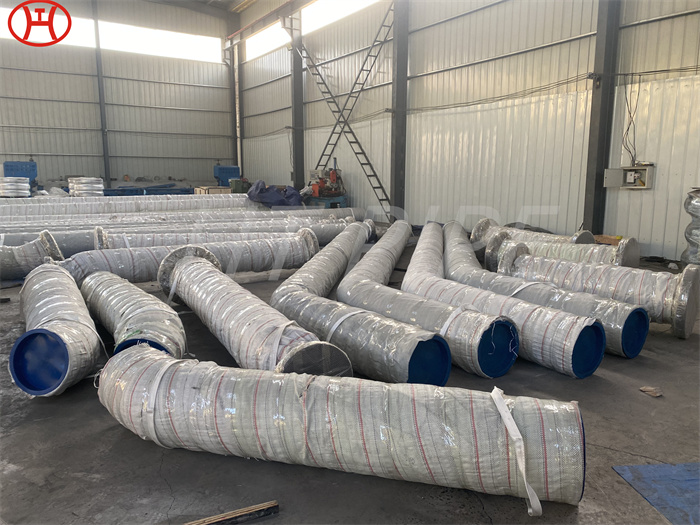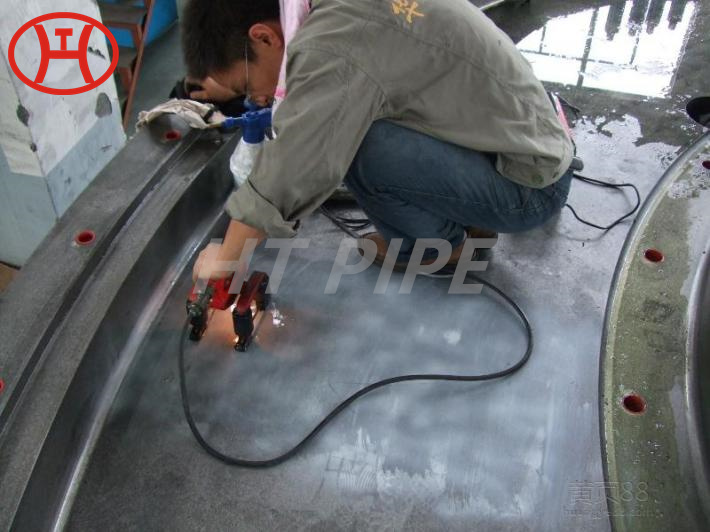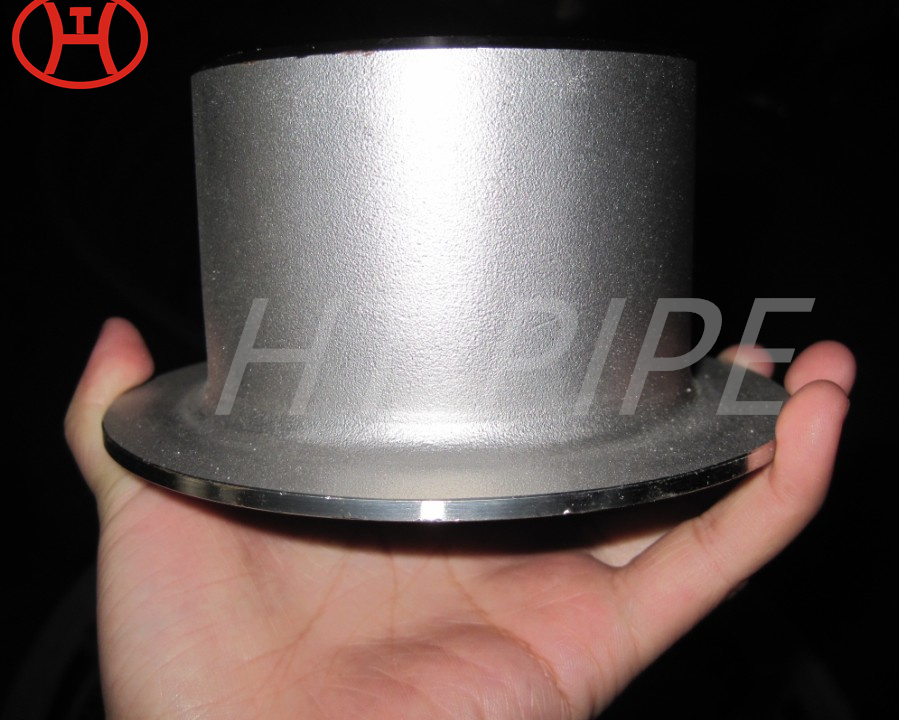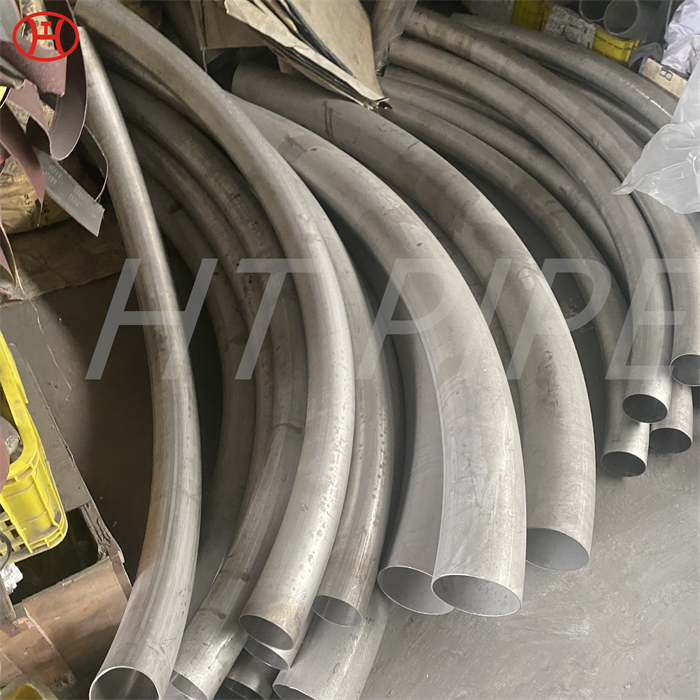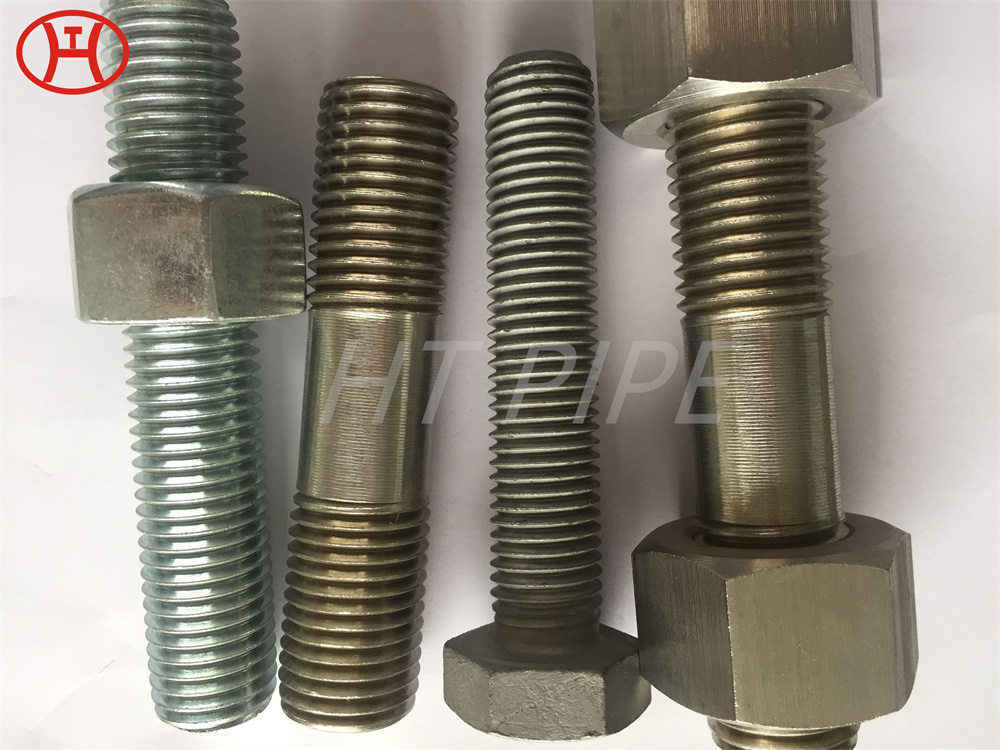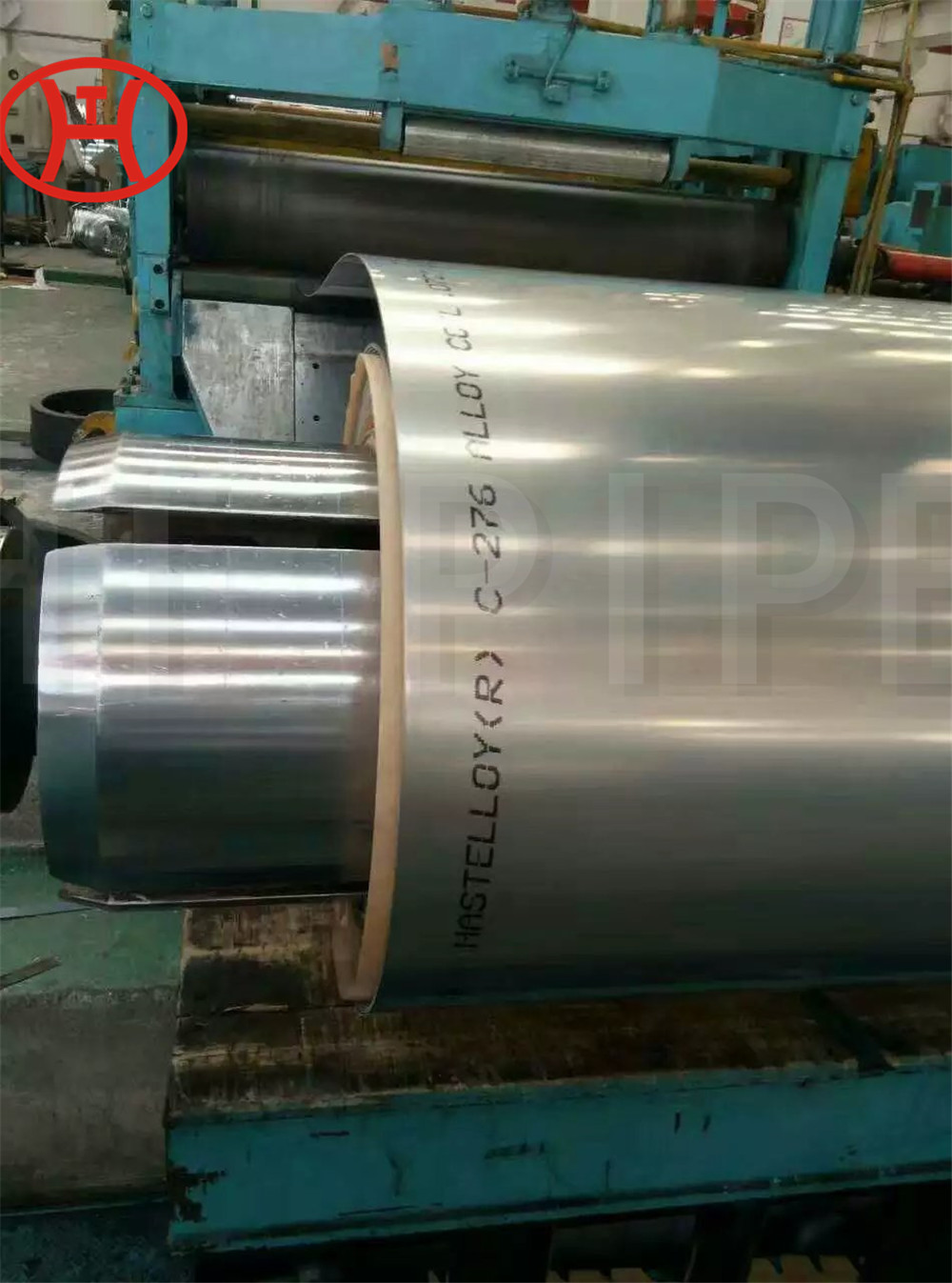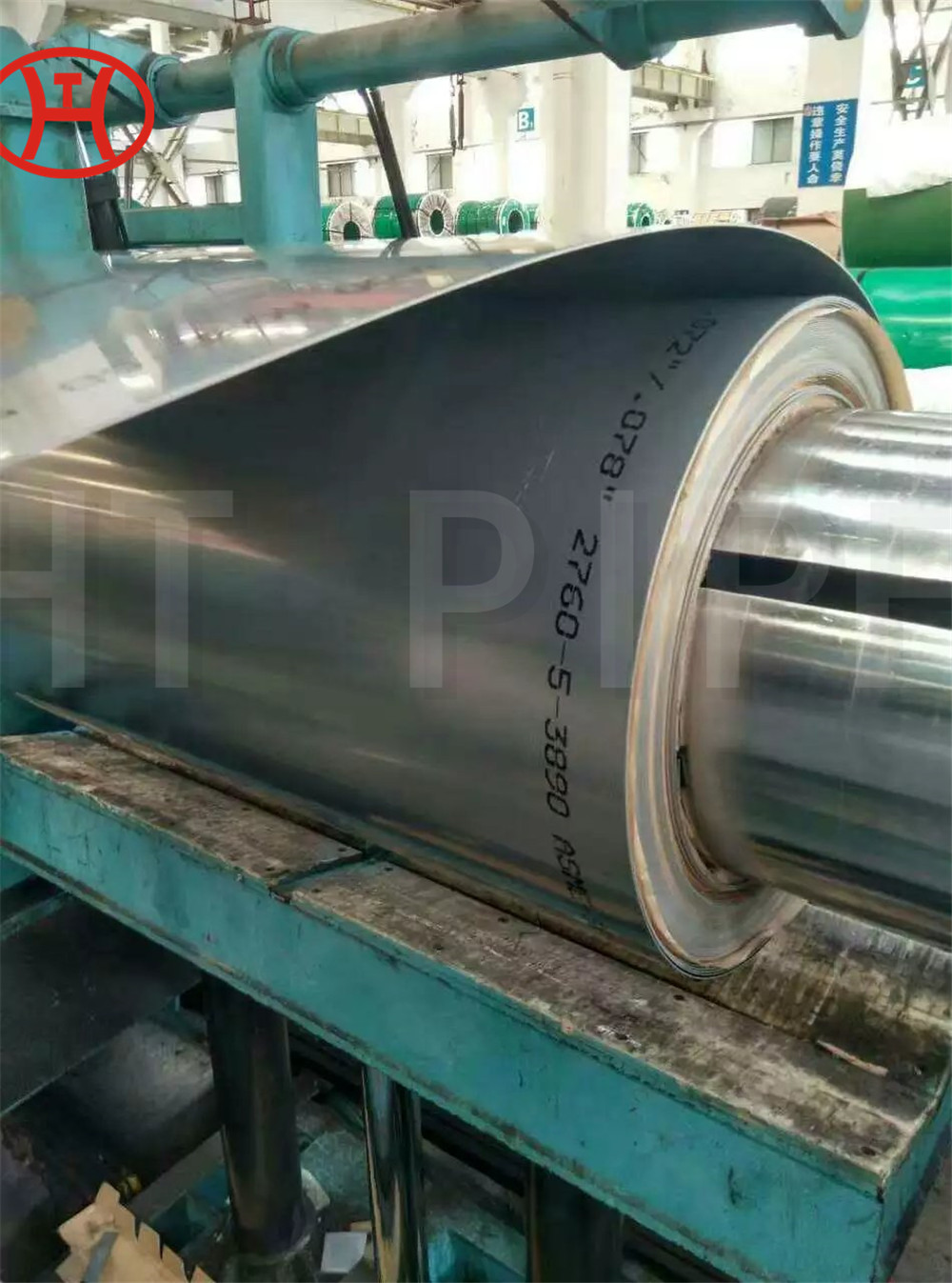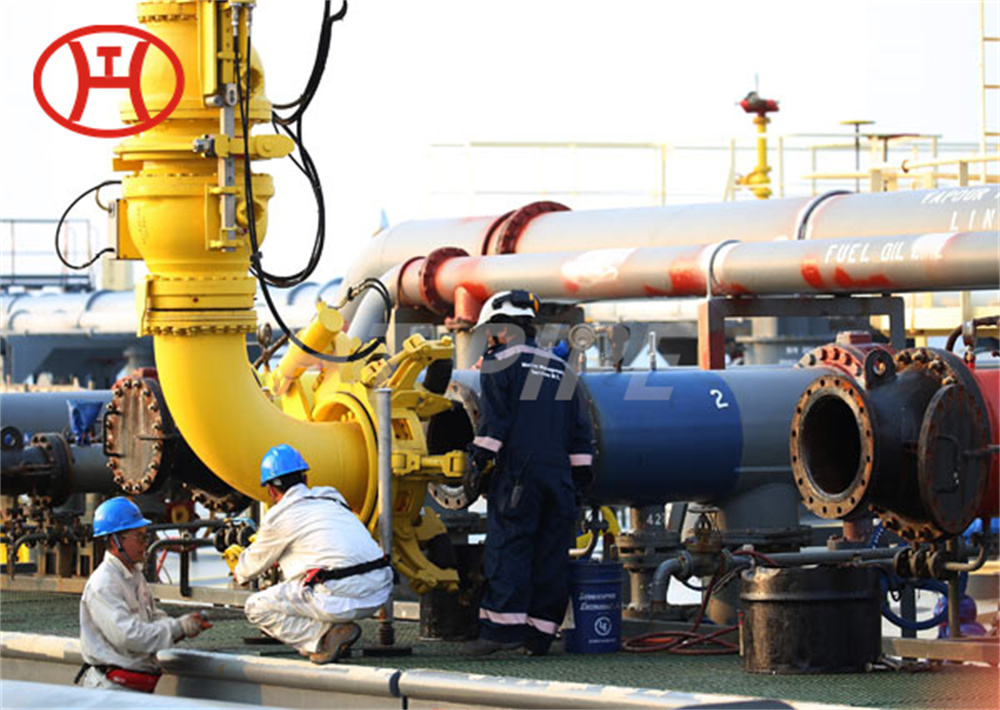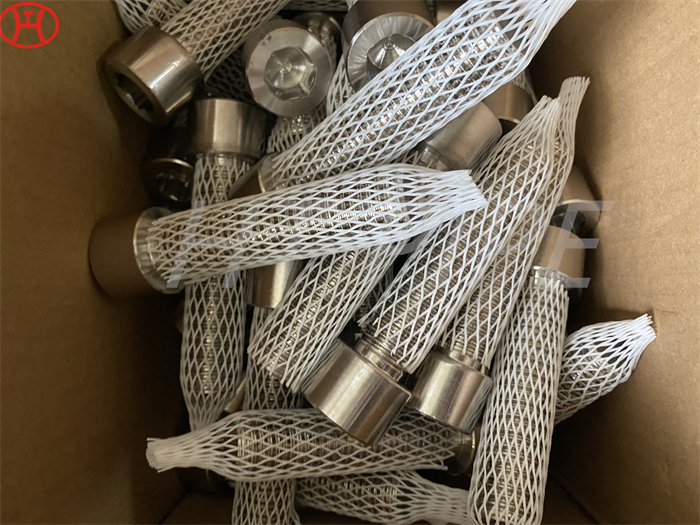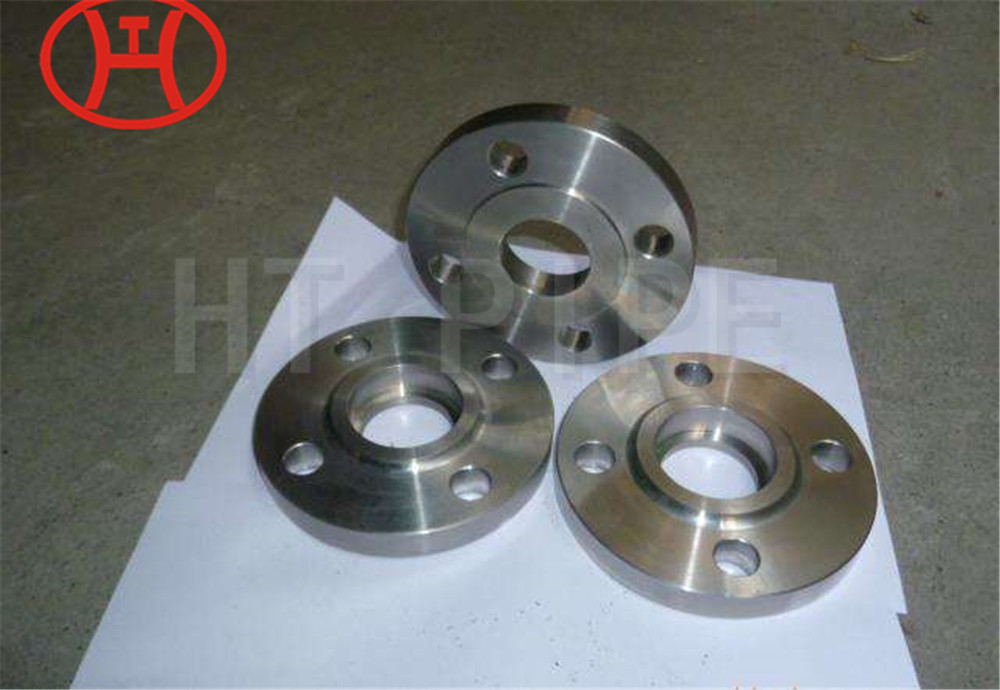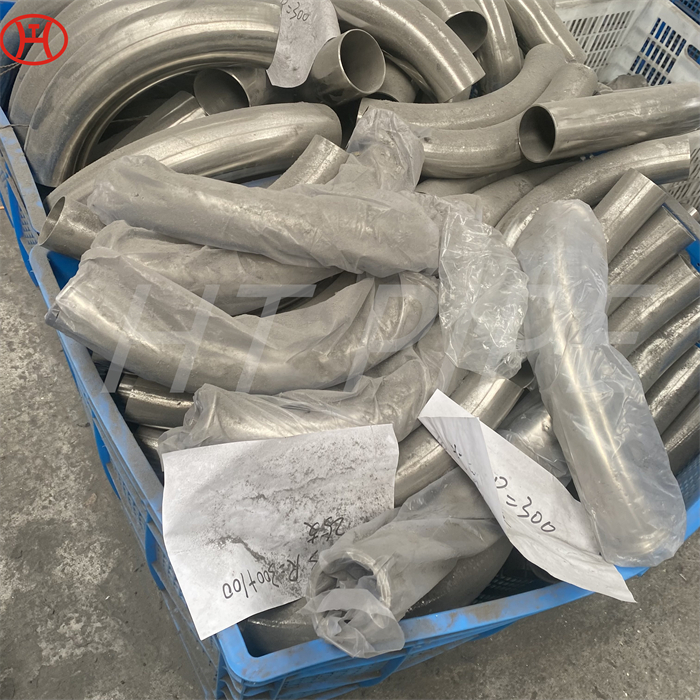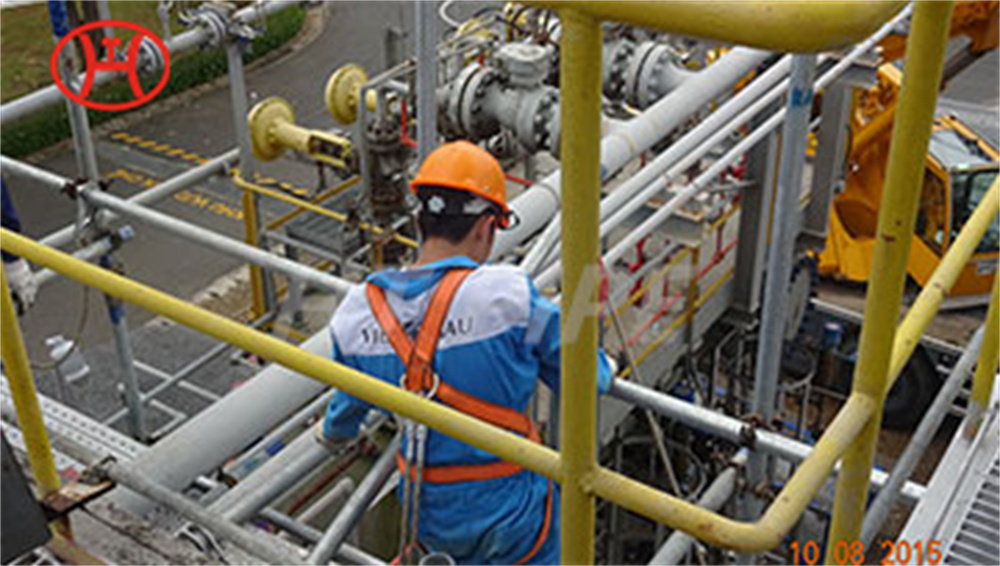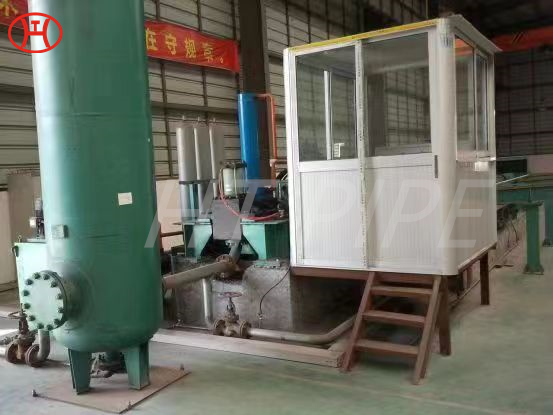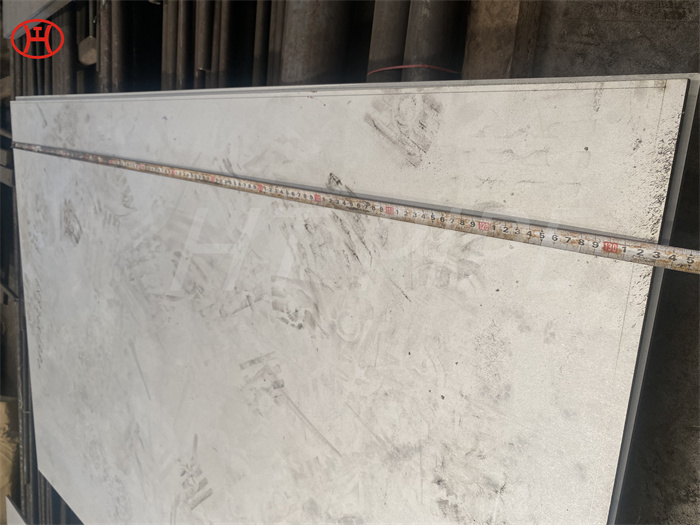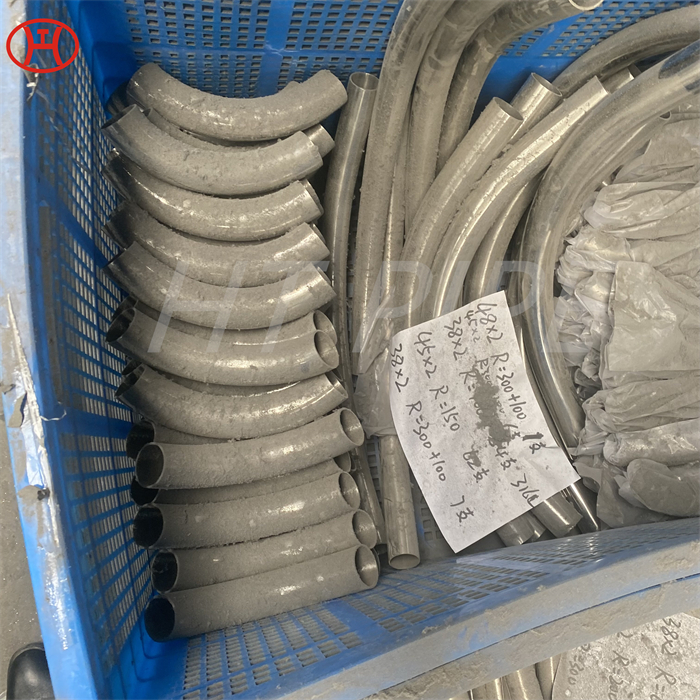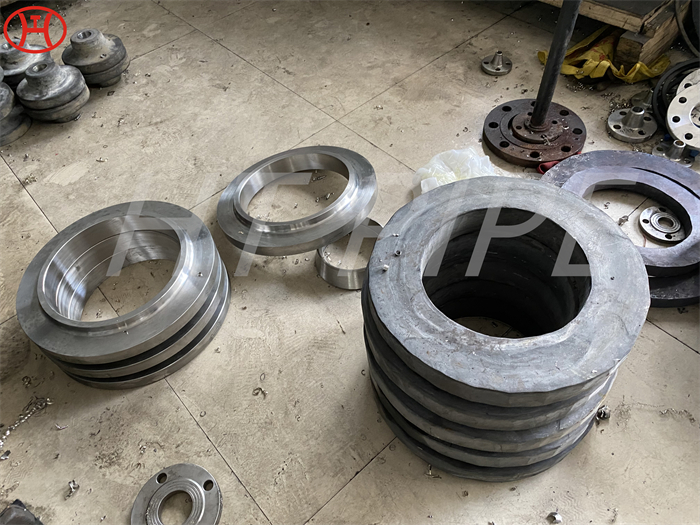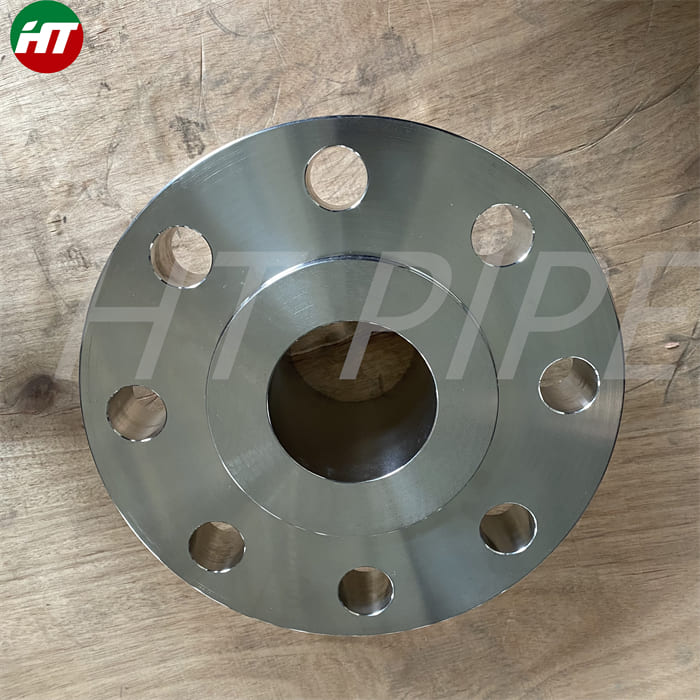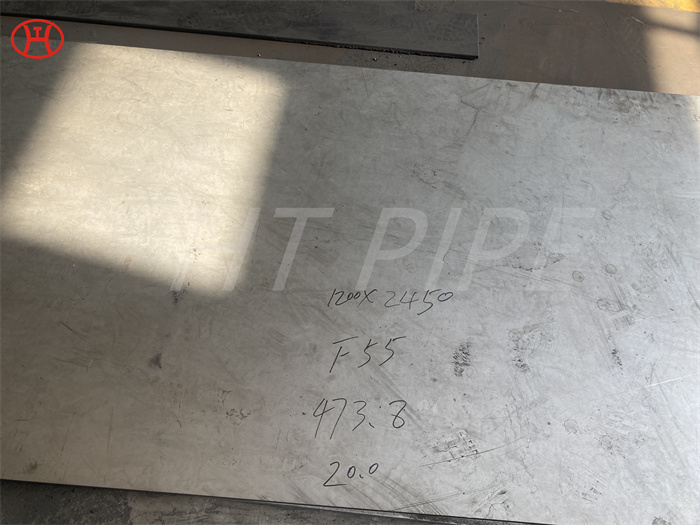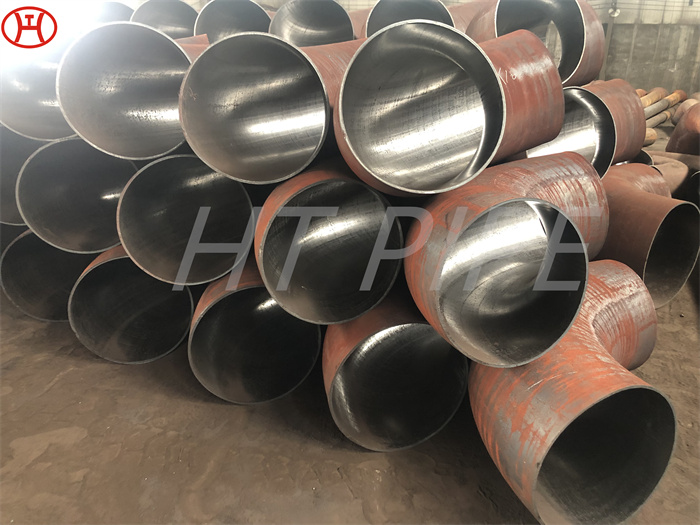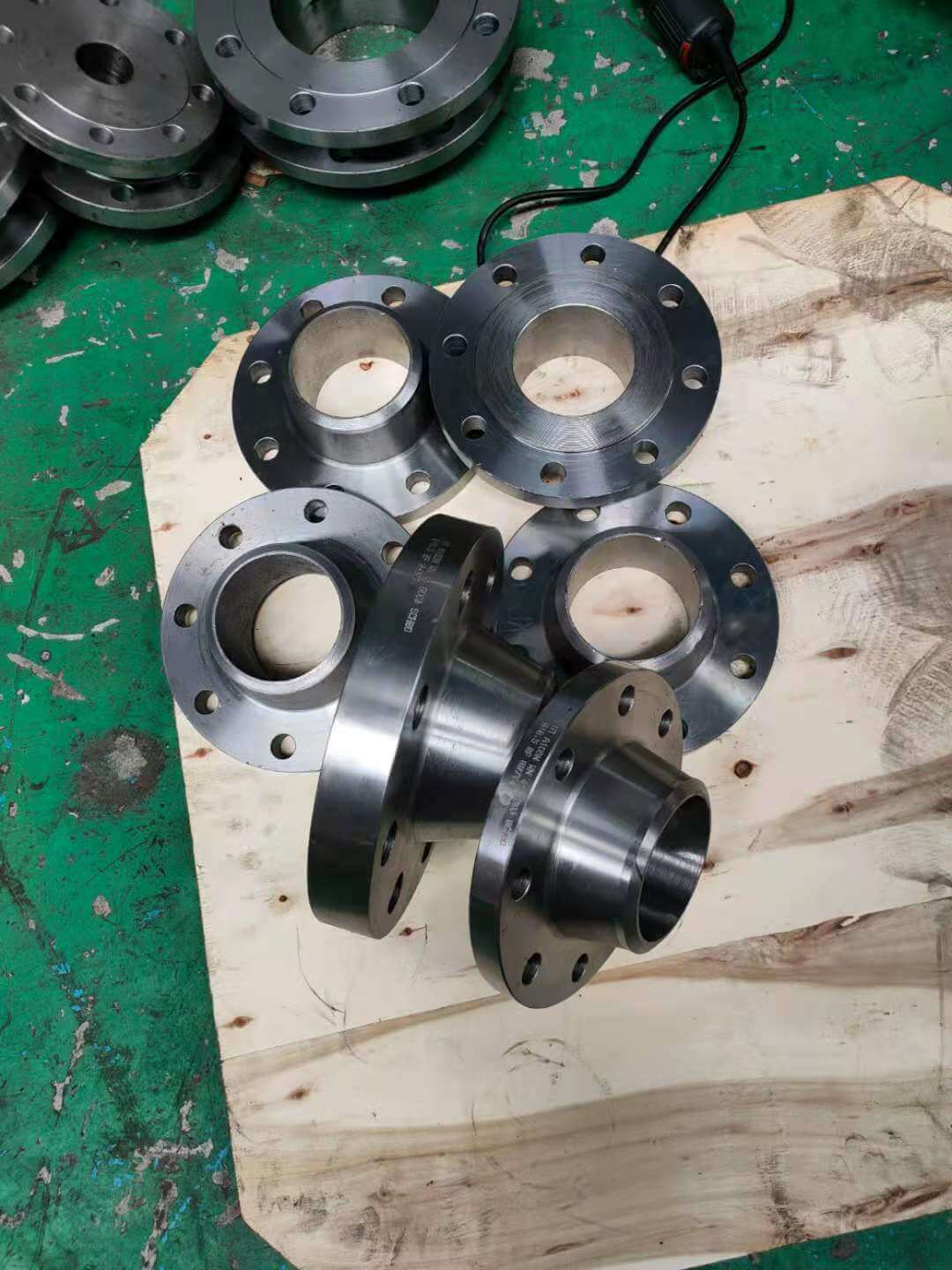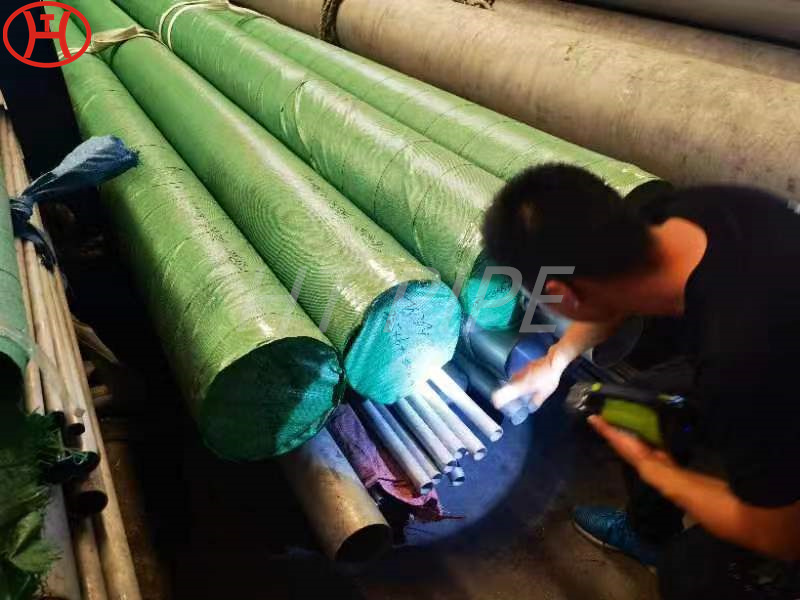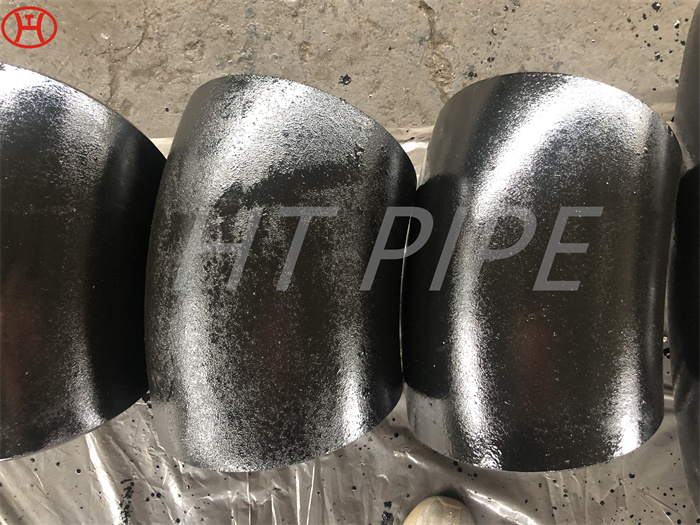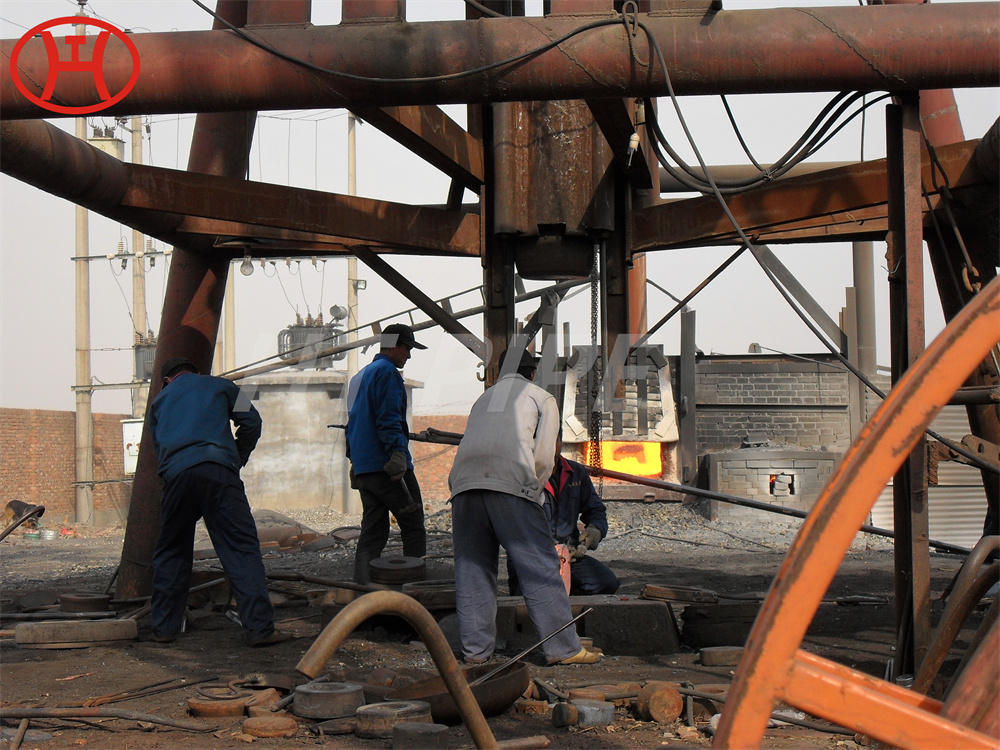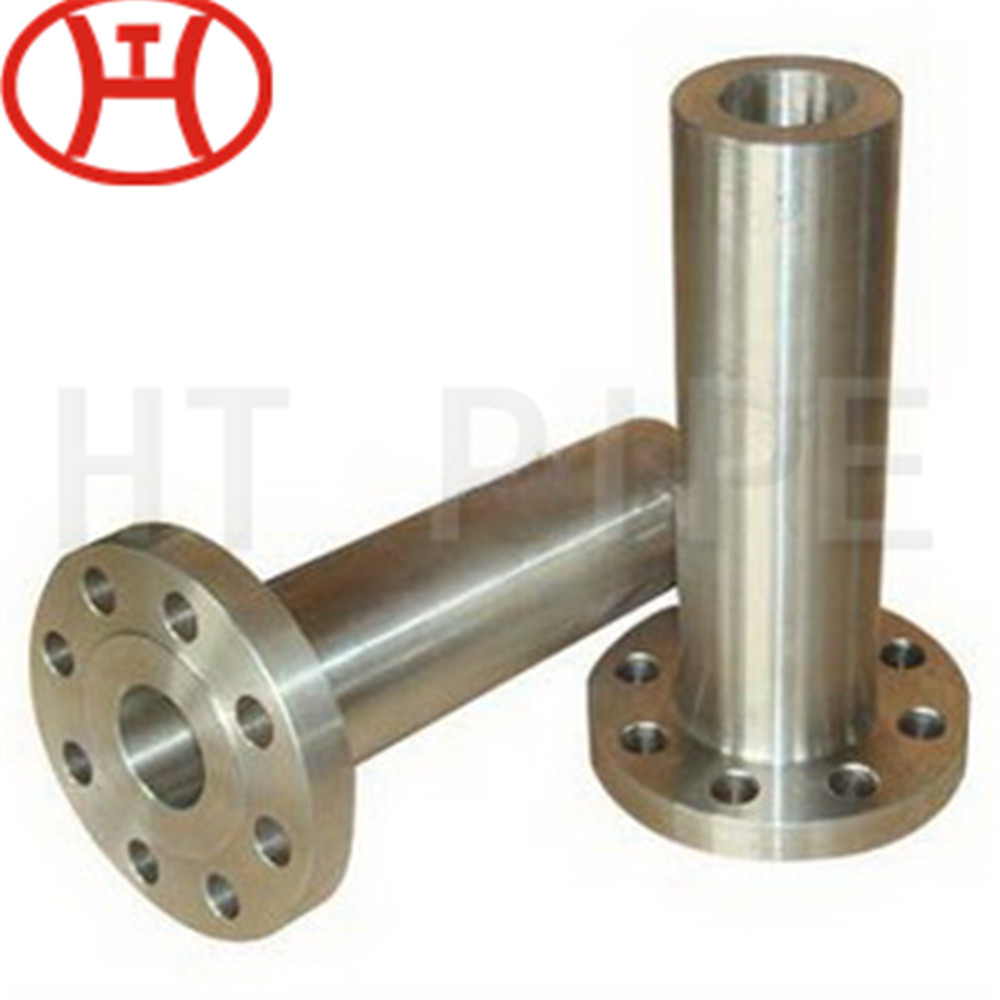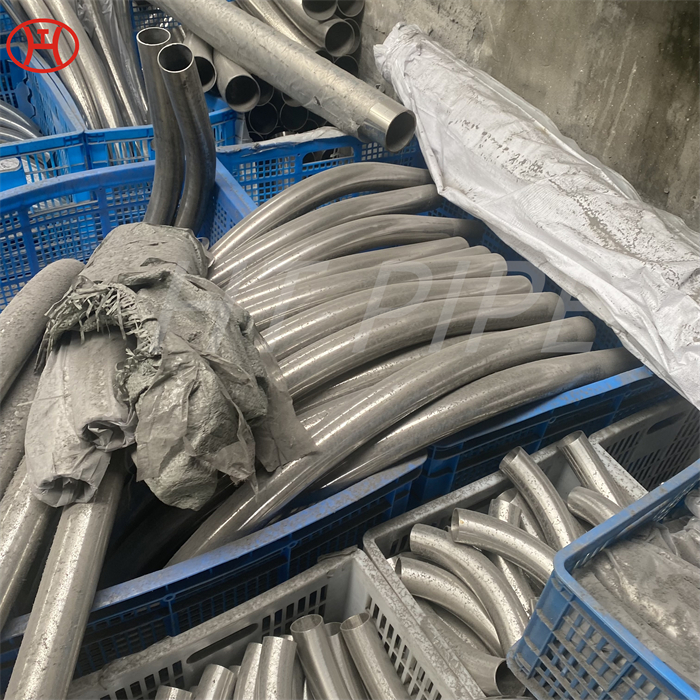Hastelloy C22 pipe bend ASTM B366 UNS N06022 Pipe Fittings resistant to pitting by acids and crevice corrosion
It is commonly referred to by the tradename Hastelloy C22 and the universal designation UNS N06022. C22 has excellent corrosion and oxidation resistance, great mechanical properties over a wide range of temperatures, and good fabrication properties.
The nickel and molybdenum parts of the alloy make it stronger against most reducing agents, while the chromium component makes it harder for corrosion by oxidizing agents. This combination along with the strength improved by the addition of the tungsten material makes the alloy used in a range of products. Alloy 22 pipe bend is nickel-base and typically contains 22% chromium, 14% molybdenum, and 3% tungsten. Iron is normally limited to less than 3%. The alloy¡¯s high content of chromium gives it good resistance to wet corrosion by oxidizing media (e.g., nitric acid and ferric and cupric salts). Its contents of molybdenum and tungsten give the alloy resistance to wet reducing media (e.g., sulfuric and hydrochloric acids). Alloy 22 exhibits excellent resistance to corrosive attack by seawater under stagnant and flowing conditions.









































































































